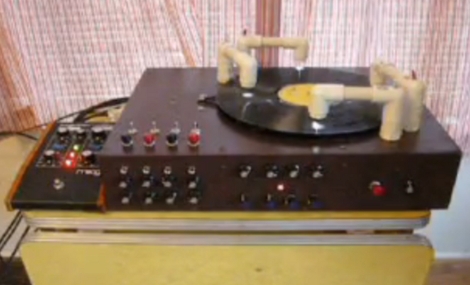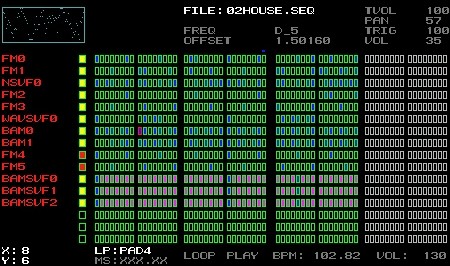
[Benjamin] built a sequencer that uses a turntable and light sensors to lay down a funky beat. If you like creepy videos with repeated gratuitous corderoy-clad rear-ends we’ve got you covered after the break. Art film aside, he’s got an interesting project. Four light sensors are mounted below the turning record with LEDs hovering above. His hatred for old LP records is apparent because holes must be drilled in a disc for the light to shine through. The four notes in the sequence can be altered in voice and color, along with controls for motor speed and direction. The project also has four manual inputs to add some variety to the repetitive beat sequence. It’s a bit less practical than the penny sequencer but fun none-the-less.















